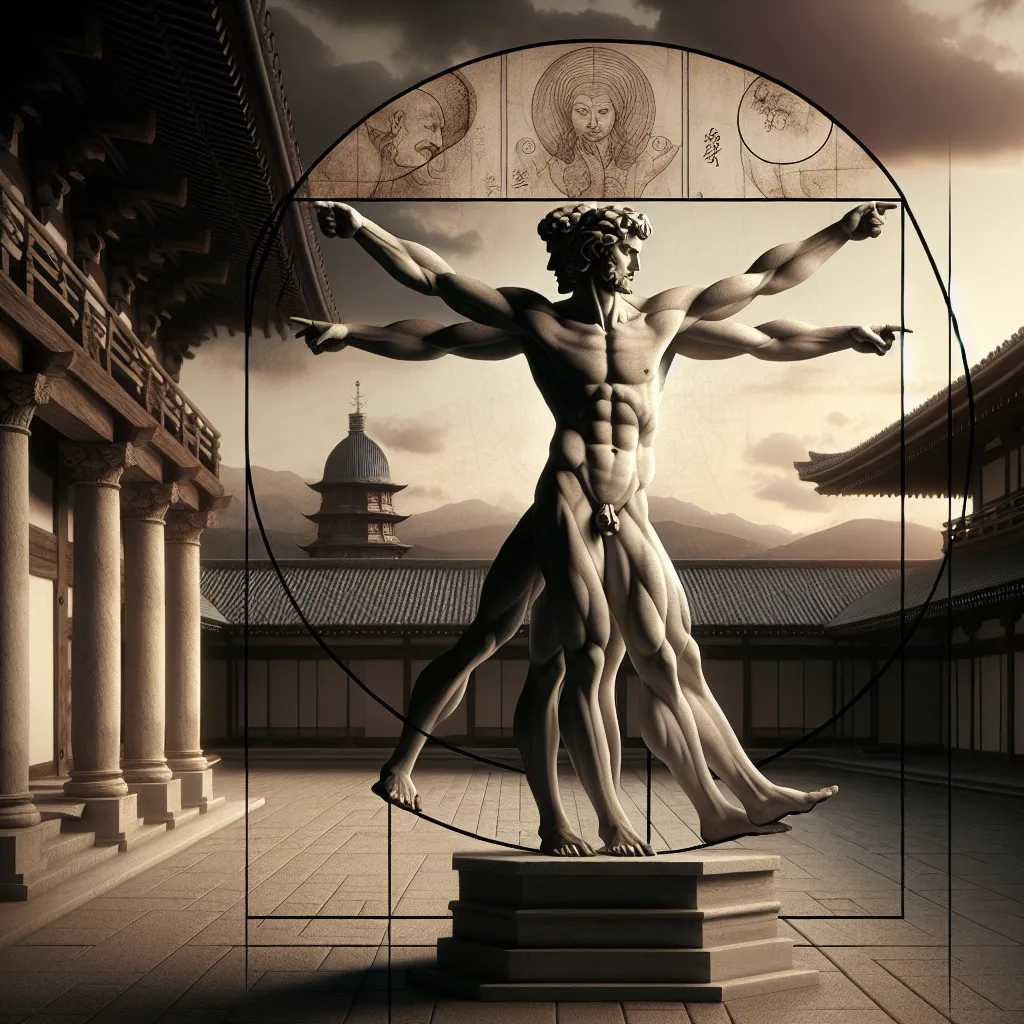
- Published on
- Authors

- Name
- You
The Philosophy of Emptiness: Understanding Shunyata in Zen Buddhism
Introduction
In Zen Buddhism, Shunyata, or emptiness, is a cornerstone concept that beckons us to unravel the profound nature of reality and the self. Far from being a mere metaphysical abstraction, Shunyata offers a transformative lens through which one can experience life more deeply and authentically. This article will explore the philosophical and spiritual implications of Shunyata and juxtapose it with contemporary scientific thought, making it comprehensible and engaging for all readers.
What is Shunyata?
Shunyata is traditionally translated as "emptiness" or "voidness," yet these terms can be misleading if taken at face value. In the Buddhist context, emptiness refers to the intrinsic lack of independent, permanent essence in all phenomena. Everything is interdependent and in a constant state of flux.
Key Features of Shunyata
- Interconnectedness: The idea that all things are interrelated and cannot exist independently.
- Impermanence: The recognition that all phenomena are transient, constantly changing.
- Non-Self: Understanding that the self is not a fixed entity but a collection of ever-changing experiences and components.
Shunyata in Zen Practice
In Zen Buddhism, the practice of meditation (Zazen), Koans (paradoxical anecdotes), and direct experience are vital in realizing Shunyata. Practitioners are encouraged to go beyond conceptual thinking and experience the emptiness intimately.
Meditation (Zazen)
Zazen involves sitting in a particular posture, focusing on the breath, and observing thoughts as they arise without attachment. This practice helps in deconstructing the ego and understanding the empty nature of the self and phenomena.
Koans
Koans are paradoxical questions or statements that cannot be solved by rational thought. They aim to break down logical barriers and invoke a direct, experiential understanding of Shunyata.
Example Koan:
“What is the sound of one hand clapping?”
The Science of Emptiness
Modern science, particularly in the realms of quantum physics and cosmology, resonates with the philosophical insights of Shunyata.
Quantum Physics
At the quantum level, particles do not have fixed, inherent properties and exist in a state of probabilities until observed. This aligns with the Buddhist concept of emptiness wherein nothing possesses a permanent, independent essence.
Neuroscience and Self
Neuroscience studies suggest that the self is a construct generated by brain processes. There is no central "self" in the brain, mirroring the Buddhist notion of non-self.
Implications for Understanding Reality and Self
Shunyata fundamentally challenges our conventional understanding of reality and the self, prompting a shift from a self-centric worldview to one of interconnectedness and impermanence.
Living with Emptiness
Understanding and experiencing Shunyata can lead to a life of greater compassion, mindfulness, and liberation from attachment and suffering.
| Aspect | Conventional View | Shunyata Perspective |
|---|---|---|
| Self | Permanent, Independent | Interdependent, Non-Self |
| Reality | Stable, Fixed | Fluid, Interconnected |
| Phenomena | Distinct, Separate | Interdependent, Empty |
Conclusion
The philosophy of Shunyata provides a compelling framework for exploring the deepest questions about reality and the self. By integrating Zen practices with insights from modern science, we can gain a richer, more nuanced understanding of existence that transcends conventional paradigms. Embracing the emptiness, we find fullness in the interconnected dance of life.
References
- "The Heart of Understanding: Commentaries on the Prajnaparamita Heart Sutra" by Thich Nhat Hanh
- "Quantum Enigma: Physics Encounters Consciousness" by Bruce Rosenblum and Fred Kuttner
- "Why Buddhism is True: The Science and Philosophy of Meditation and Enlightenment" by Robert Wright
